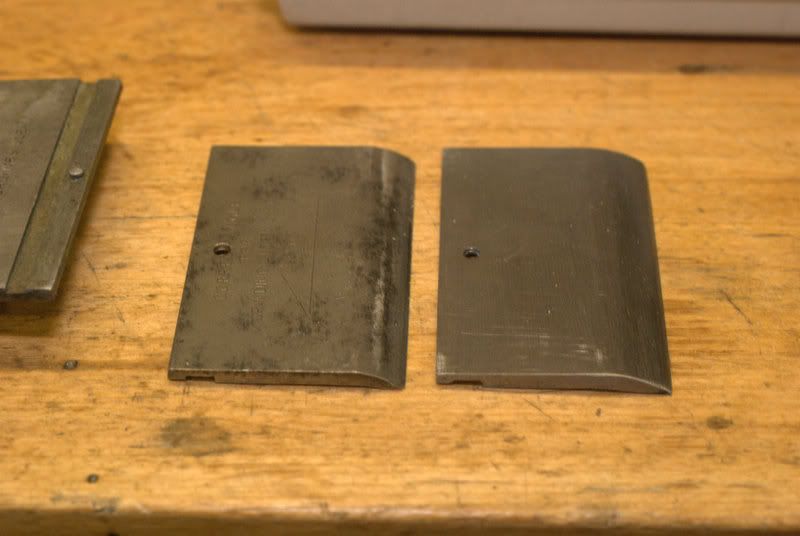Partially cut the primary (or file, whatever you like) before heat treating. I wouldn't cut it all the way, but you can probably get away with it if you want to - chancing additional warping.
Vegetable oil for me, too. Preheat it a little bit (presume you already do that) so that you get good heat transfer from the iron to the oil. I don't know exactly what a little bit is, but if you've got nothing to reasonably heat it safely, take a junk iron and heat it and quench it in the oil a couple of times (a piece of mild steel would work fine, too) and mix the oil.
I have always partially cut the primary bevel before hardening and never had a problem. George Wilson (a toolmaker) advised me to cut the entire bevel afterward, so I've never had the stones to cut the entire bevel all the way to a fine edge due to fear of additional warping.
Oil only. If you quench O1 in brine or water, you're likely to end up with a broken iron. Same with W1 if it's thin.
I've never done a laminated iron, I would suppose that's the only reliable way to quench something so thin as a plane iron in water. Razors are oil quenched, also, in what would seem like water hardening steels.







